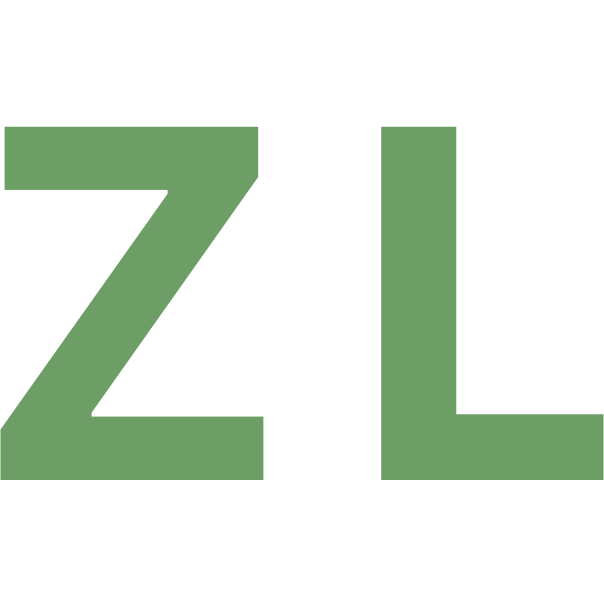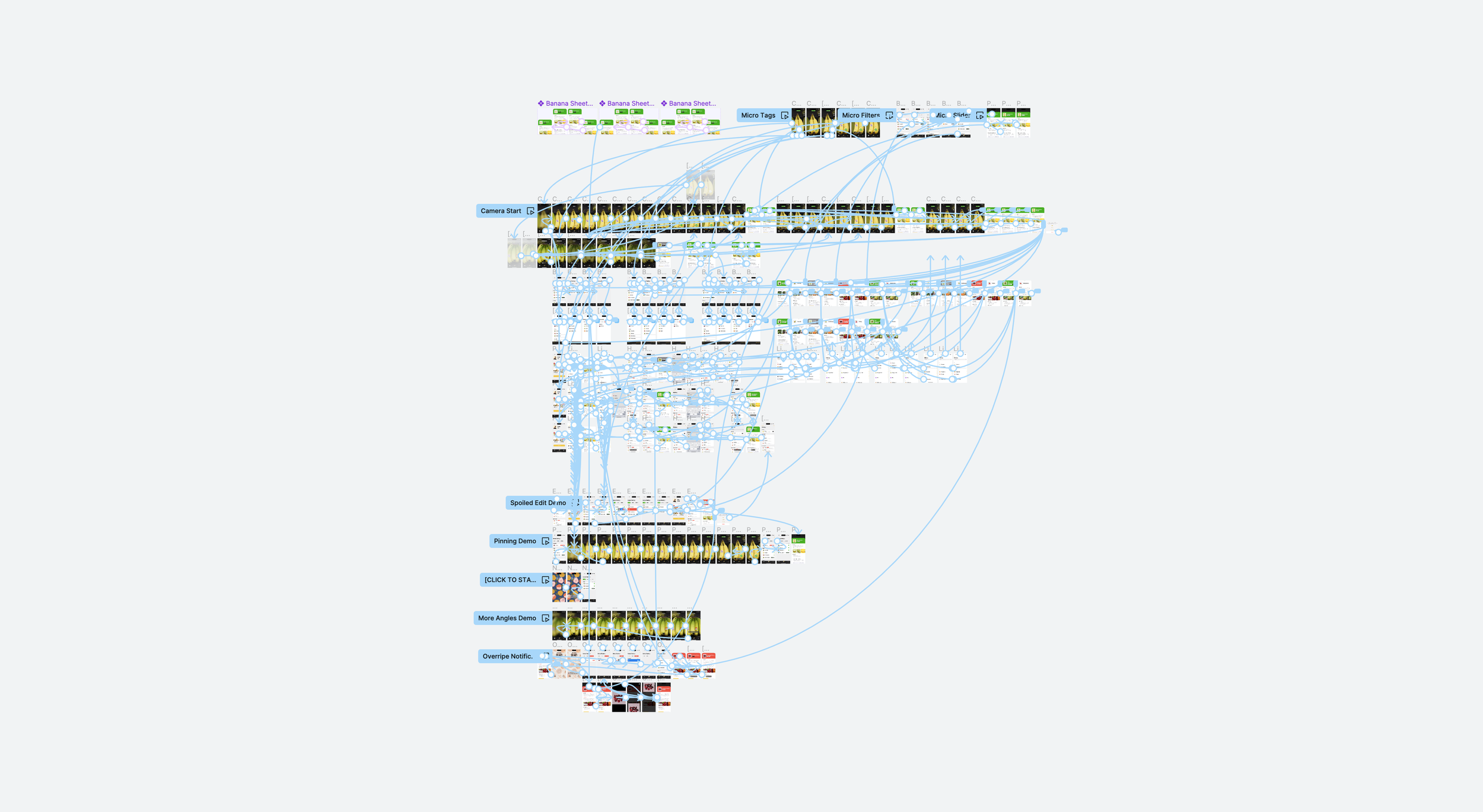Key feature selection.
Harvest’s function is to serve as a quick, easy food identification tool. Over time it has the opportunity to help grow and cultivate more informed food habits.
To help with adoption, the interface is architected to be simple for anyone to quickly pick up. Over time, you are encouraged to fine-tune the AI to your individual taste, and utilize the Pantry & History to be more informed of your grocery habits.
Components, variables, and system.
Balancing automation and user interaction.
Long term memory recall in AI applications can be challenging as it requires a lot of time and setup. And while automation is efficient, it can feel like a loss of control.
Harvest is designed so that users can adjust any AI automated task. As the system learns, it will require less and less user input, but the ability to make adjustments is always available.
Interactive flow.
The mock up and interface were built within Figma. Functional prototypes for the visual AI were built or tested using tools such as FieldDay, GPT-4, and Unity + OpenCV vision library.
In the long run, I’d like to merge my GPT Python script with a front-end tool and potentially a custom ML library for a full app prototype. Keep an eye out for further experimentation…


